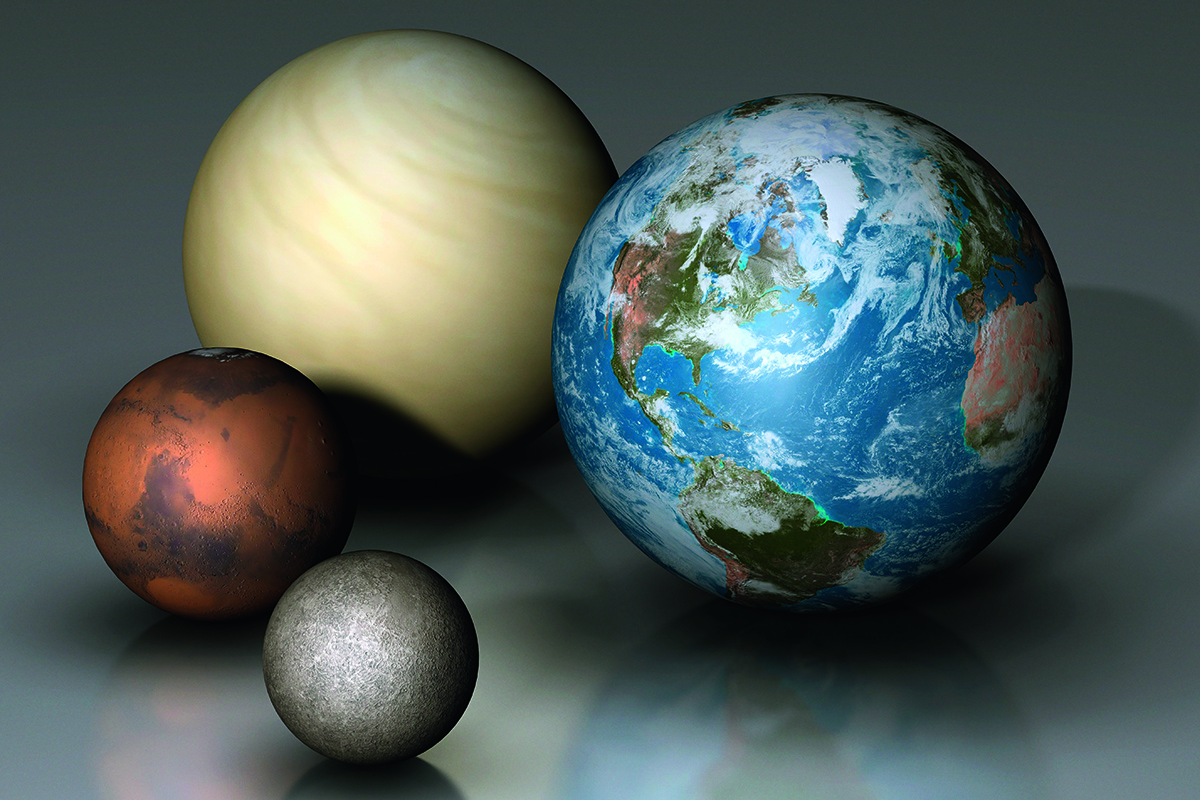Introduction: Proximity in the Cosmos
The vastness of the cosmos surrounding our planet is home to a diverse array of celestial bodies. While Earth itself is a planet, when we discuss proximity, the focus shifts to our planetary neighbors. This exploration aims to unravel the mysteries of Earth’s nearest planets, shedding light on their characteristics, distances, and unique qualities that make them intriguing companions in our cosmic journey.
Earth and the Moon: A Cosmic Duo
Earth-Moon Dynamics*
The Moon, Earth’s closest celestial companion, plays a pivotal role in our cosmic dance. It orbits Earth at an average distance of about 238,855 miles (384,400 kilometers). This proximity has not only shaped the gravitational interactions influencing Earth’s tides but has also left an indelible mark on our planet’s geological and astronomical history.
Lunar Influence on Earth*
The gravitational pull of the Moon exerts a profound impact on Earth’s oceans, causing the rhythmic rise and fall of tides. Beyond tides, the Moon’s influence has shaped Earth’s axial tilt and rotational stability over geological epochs. Understanding the intricate dance between Earth and its moon provides a foundational insight into the celestial relationships within our solar system.
Proximity to Other Planets: An Overview
The Inner and Outer Planets*
Beyond the Moon, Earth shares its orbital neighborhood with other planets in our solar system. The planets are broadly categorized into inner rocky planets, including Earth, and outer gas giants. To explore the concept of proximity, attention shifts to Earth’s nearest planetary neighbors, distinct in their characteristics and cosmic allure.
The Concept of Proximity in Space*
In the vastness of space, proximity takes on a relative meaning. Distances between planets are vast, measured in astronomical units (AU) – the average distance from the Earth to the Sun. Understanding this cosmic yardstick is crucial to appreciate the interplanetary distances that define our solar system.
Venus: Earth’s Scorching Twin
The Closest Rocky Neighbor*
Among the rocky inner planets, Venus emerges as Earth’s closest celestial neighbor. This proximity is defined by their relative positions in their orbits around the Sun. Venus orbits the Sun at an average distance of about 67 million miles (108 million kilometers), making it the second planet from our stellar companion.
Shared Traits and Stark Contrasts*
Venus, often referred to as Earth’s twin, shares similarities in size and composition. Both planets have a rocky surface and similar densities. However, Venus stands out with its scorching surface temperatures, a result of a thick, toxic atmosphere trapping heat. Despite its proximity, Venus showcases a stark contrast to the habitable conditions found on Earth.
Mars: The Red Neighbor Beyond
Martian Proximity in Orbits*
Beyond Earth lies the fourth planet in our solar system, Mars. While not as close as Venus, Mars holds the distinction of being the second-closest rocky planet to Earth. Mars orbits the Sun at an average distance of about 142 million miles (228 million kilometers), forging a cosmic connection with Earth through their shared journey around the central star.
Martian Mystique and Potential Exploration*
Mars, with its rusty red appearance, has long captured the human imagination. Proximity to Earth has fueled scientific interest in potential exploration and the quest for extraterrestrial life. Mars missions, both past and future, aim to unravel the Martian mystique and provide insights into the planet’s geological history and the possibility of past or present life.
Outer Planets: Gas Giants in the Cosmic Distance
Beyond the Inner Realm*
Moving outward from the inner rocky planets, Earth’s celestial neighbors include gas giants – Jupiter and Saturn. While not physically close in proximity, their grandeur and distinct characteristics make them captivating subjects of astronomical study. The vast distances between these gas giants and Earth emphasize the scale of our solar system.
The Jovian Giants: Jupiter and Saturn*
Jupiter, the largest planet in our solar system, orbits the Sun at an average distance of about 484 million miles (778 million kilometers). Saturn, renowned for its majestic ring system, follows at an average distance of about 886 million miles (1.4 billion kilometers). The enormity of these distances underscores the expansive nature of our planetary neighborhood.
Proximity’s Influence on Exploration
Exploration Challenges and Triumphs*
Proximity, or the lack thereof, significantly influences the feasibility and challenges of space exploration. The Moon, as Earth’s nearest celestial companion, became the first target for human exploration. Proximity allowed for manned missions, marking monumental achievements like the Apollo moon landings. The challenges increase exponentially as we venture further into our solar system.
Robotic Probes and Telescopic Insights*
For more distant planets like Venus, Mars, Jupiter, and Saturn, robotic probes and advanced telescopes become the primary tools for exploration. These technological marvels have provided unprecedented insights into the atmospheres, surfaces, and unique features of these celestial bodies. The information garnered from these missions continues to shape our understanding of the broader cosmic landscape.
Conclusion: Navigating Celestial Proximity
In conclusion, the concept of proximity in the celestial realm is a nuanced interplay of orbital dynamics, astronomical units, and cosmic distances. While the Moon remains Earth’s immediate neighbor, the rocky planets Venus and Mars add a layer of intrigue with their shared proximity. Gas giants like Jupiter and Saturn, though distant, contribute to the cosmic symphony that defines our solar system. Navigating celestial proximity expands our appreciation for the interconnected dance of planets and their influence on each other’s cosmic journey through the vastness of space.
